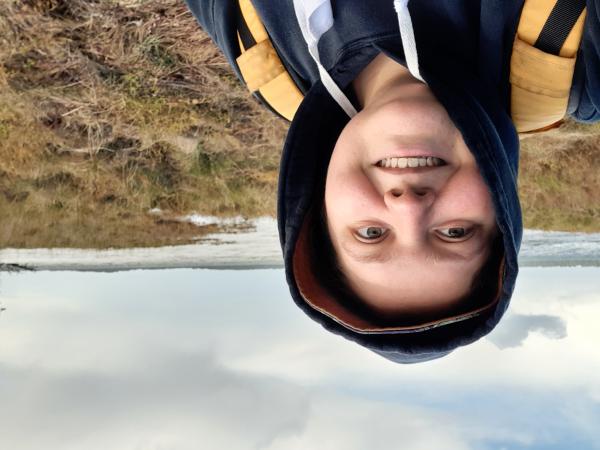An Interactive Viewer to Analyze Operational Aftershock Forecasts and a Practical Application in Southern Alaska
Gabe Paris
University of Alaska Fairbanks AEC

- Date & Time
- Location
- Online-only seminar via Microsoft Teams
- Summary
Forecasting how many earthquakes will occur following a potentially damaging earthquake helps the public and emergency operators stay safe and make informed decisions. The USGS issues aftershock forecasts following potentially damaging mainshocks in the U.S. states and territories and updates these forecasts 75 times during the first year. Most of the forecasts are issued automatically, but some forecasts require manual intervention to maintain accuracy. To help identify the sequences whose forecasts will benefit from a modified approach, we built the oaftools R package. Oaftools includes functions that analyze and plot earthquake sequences and their forecasts, and the Operational Aftershock Forecast (OAF) Viewer, which incorporates the functions into an interactive web environment that can be used to explore aftershock sequences. The OAF Viewer displays two maps, one of the mainshocks and one of a sequence's aftershocks, and five analytical plots. The OAF Viewer will help seismologists understand complexities in the data, communicate with the public and emergency managers, and improve the OAF system by maintaining operational awareness. It will also help researchers study aftershock forecasting using their own methods. I used the OAF Viewer to study aftershock forecasting for sequences along the forearc of the Alaskan subduction zone. The USGS considers the forecast to be "successful" when the number of earthquakes observed within the forecasted duration period is within the 95% confidence interval. In the Alaskan forearc, the observed number of earthquakes consistently lie within this broad range of "success," however the forecasts systematically over-predict the number of aftershocks. I analyzed seventeen earthquake sequences in the Alaska forearc region and have developed a set of parameters that may improve early-sequence aftershock forecasting in the region. I stacked the 17 sequences and used maximum likelihood estimation to determine the new parameters and their uncertainty. Following the lessons of Page et al. (BSSA, 2016), I combined the inter-sequence variability and the uncertainty of the parameters from the stacked sequences to produce the total standard deviation for a new forecast model.
Closed captions are typically available a few days after the seminar. To turn them on, press the ‘CC’ button on the video player. For older seminars that don’t have closed captions, please email us, and we will do our best to accommodate your request.
 Jump to Navigation
Jump to Navigation